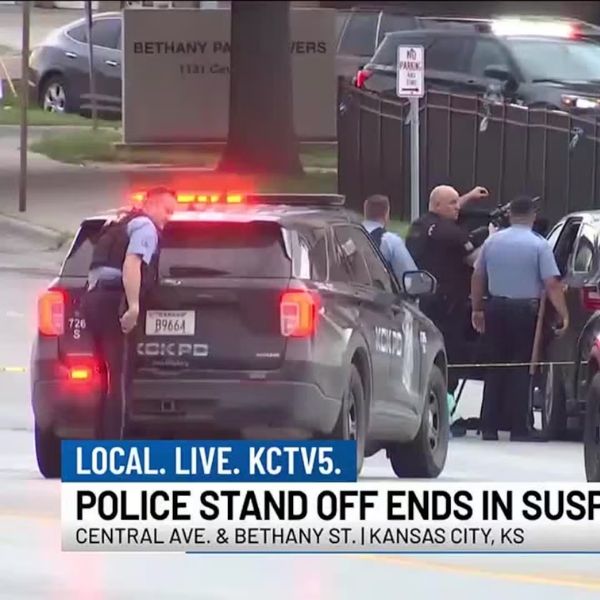Under a new GOP-backed tax and spending law, families earning up to $400,000 annually on joint tax returns will receive a $200 increase in the federal child tax credit—bringing the total to $2,200. But a stricter eligibility rule is expected to disqualify nearly 3 million children across the U.S., including many in Colorado.
The new requirement mandates that both the child and at least one parent must have a Social Security number to qualify. As a result, many working families—especially those with undocumented parents—could lose access to the benefit entirely.
Andrea Kuwik, policy and research director at the Bell Policy Center, said low-income families will be hit hardest.
“It’s not only not giving them a bigger tax credit that they could use for their children, but it’s also going to be potentially cutting Medicaid, potentially cutting food-assistance benefits,” she said.
To qualify for the full tax credit, a single parent with two children must earn at least $33,700 per year. Families earning less than $2,500 annually and U.S.-born children with undocumented parents will be excluded.
In addition to the child tax credit changes, the new law slashes $186 billion from SNAP (formerly known as food stamps) and cuts $1 trillion from Medicaid and the Children’s Health Insurance Program over the next decade.
Colorado’s Family Affordability Tax Credit takes a different approach, prioritizing support for the state’s lowest-income families—even those who earn too little to owe income taxes. But Kuwik warned that Colorado has limited flexibility to respond to federal cutbacks.
“Other states have the ability to create additional revenue-raising tools and do that in a really responsive way to what’s happening,” she said. “Because of the Taxpayer’s Bill of Rights, we don’t have that ability.”
The federal child tax credit, introduced in 1997, helps families afford essentials like food, school supplies, and after-school activities. Kuwik said losing these benefits could create ripple effects across communities.
“When low-income families receive those credits, they put that money right back into the local economy,” she noted. “They’re spending on school supplies, on after-school programs—things that support their kids and their communities.”

Katie is a senior who has been on staff for three years. Her favorite type of stories to write is reviews and features. Katie’s favorite ice cream flavor is strawberry.















Leave a Reply